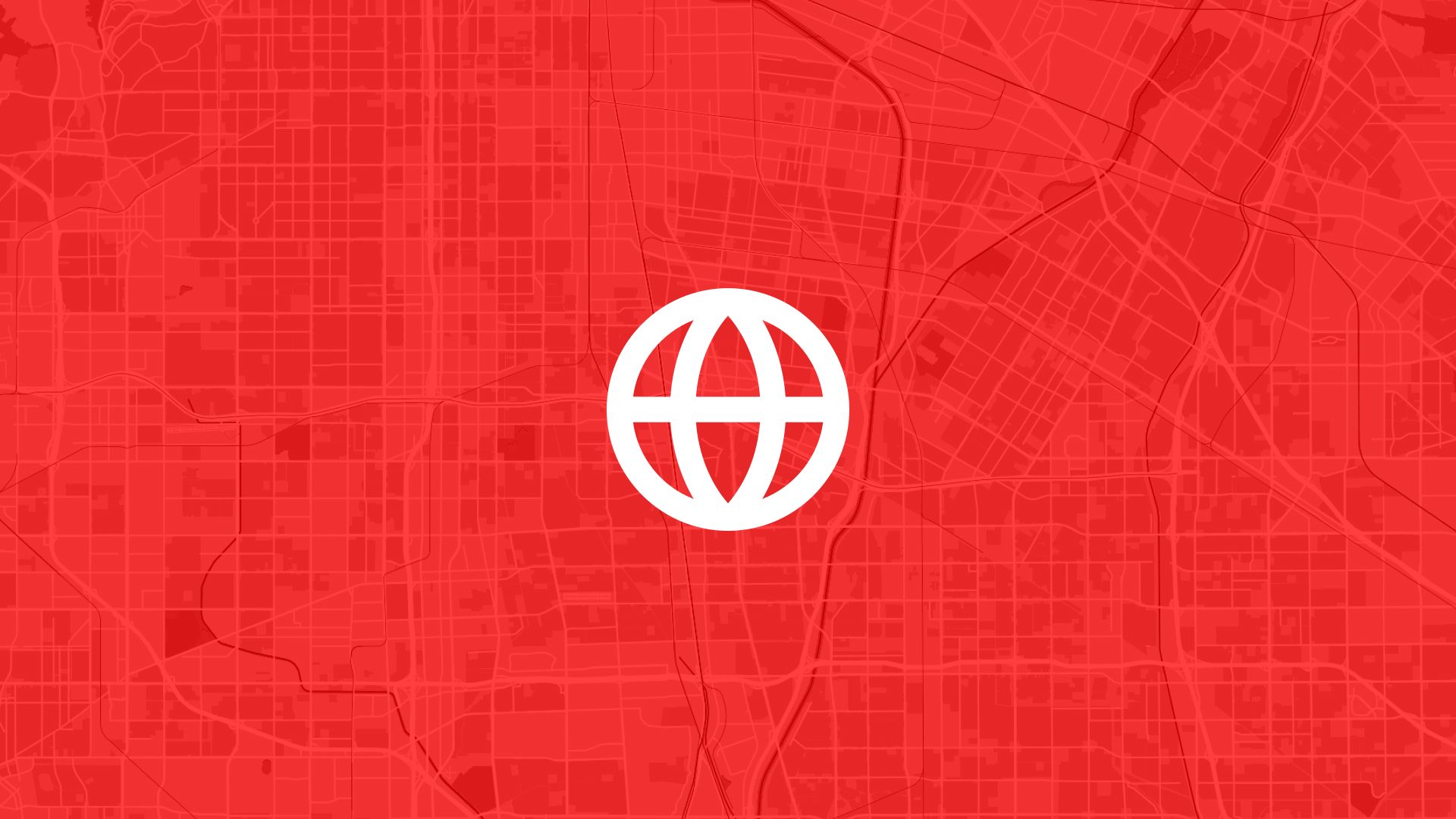Want to turn your spreadsheet into an eye-catching map? You're in the right place.
This guide shows you how to build maps from Google Sheets or Excel. No coding. No fuss. Just a browser.
Why turn spreadsheet data into maps?
Maps make data easy to understand.
You can spot trends. See clusters. Compare regions.
If you use Google Sheets or Excel to track locations, prices, sales, or any data by place — you can map it.
It adds visual power to rows and columns.
What you’ll need
- A spreadsheet with place data
- Address, city, zip code, or latitude/longitude
- Optional details like name or values
- A browser
- A browser-based mapping tool (we’ll use Atlas)
That’s it.
Step 1: Prepare your spreadsheet
Make sure your data is clean.
Organize columns
Label columns. For example:
| Name | Address | City | Sales |
|---|---|---|---|
| Store A | 123 Main St | Oslo | 25,000 |
| Store B | 456 Elm Ave | Bergen | 15,000 |
or:
| Name | Latitude | Longitude | Rating |
|---|---|---|---|
| Cafe X | 59.9139 | 10.7522 | 4.5 |
Check for typos
Typos in addresses cause missing or misplaced pins on the map.
Use consistent formats
Keep city names consistent. Same for values and numbers.
Step 2: Set up Atlas
Atlas is a browser-based GIS tool.
No signup. No install.
Just open: app.atlas.co and signup.
Step 3: Import your spreadsheet
In Atlas:
- Click on Add layer
- Import directly from Google Sheet or upload as CSV
If you import it from Google Sheet you can sync data updates.
If your data contains addresses, Atlas will automatically geocode the spreadsheet to find the locations.
Step 4: Style your map points
Once the data is on the map, style them.
You can adjust:
- Colors: Use different colors by category or value
- Sizes: Scale points based on numbers (like sales)
- Icons: Choose labels, markers, or custom icons
This makes the map clearer and more engaging.
Step 5: Add pop-ups
Pop-ups show data when you click a point.
You might show:
- Name
- Sales number
- Address
To add pop-ups:
- Open the Pop-up settings in the Layers panel
- Choose which columns to show
- Customize text, font, and formatting
Now users can explore directly on the map.
Step 6: Filter and group data
Atlas lets you add widgets to filter and group.
For example:
- Show only stores with sales over 20,000
- Group points by city
- Color by category (like “Coffee vs. Retail”)
To set filters:
- Go to Builder mode and drag and drop a Filter to the canvas
- Choose a column and set a rule (e.g. Sales ≥ 20000)
- The map updates instantly
Groups and filters help highlight important insights.
Step 7: Adjust basemap and context
Basemaps give context.
Atlas offers various basemaps:
- Satellite
- Light or dark themes
Choose a style that fits your data.
A satellite basemap may work for outdoor sites.
Step 8: Share or embed your map
Done? Share your map easily.
Options include:
- Share a public link
- Password protect it
- Embed it in a website or blog
Atlas gives you embed code (iframe). Paste it anywhere.
Extra Tips
Auto-refresh with Sheets
If your data updates often:
- Use Google Sheets
- Set Atlas to auto-refresh every few minutes
Your map stays up to date without extra work.
Use size and color together
Combine size (e.g., number of visits) and color (e.g., categories) for richer visuals.
Add legends
Legends help explain colors and sizes.
They improve readability.
Example walkthrough
Imagine a delivery company tracking drop‑off points in Norway.
- Calculate average delivery time by zip code in Excel.
- Add columns: Zip, AvgTime, Deliveries.
- Upload to Atlas.
- Set zip codes as location field.
- Style:
- Color pins by AvgTime
- Scale size by number of deliveries
- Add pop‑ups with zip, time, count.
- Filter to show points over 100 deliveries.
- Choose a light basemap.
- Share map on internal dashboard.
Now leadership can see high‑volume, slow zip codes.
They use that insight to route resources better.
What you can do next
After your first map, you can:
- Import multiple sheets (e.g. sales and population)
- Add lines to show routes or paths
- Draw shapes (like regions or delivery zones)
- Export your map as an image or vector file
Mapping from spreadsheets is powerful.
You turn rows into visuals.
Hidden patterns become clear.
Give it a try with Atlas.
It takes minutes—and can spark new insights.
Map on.





